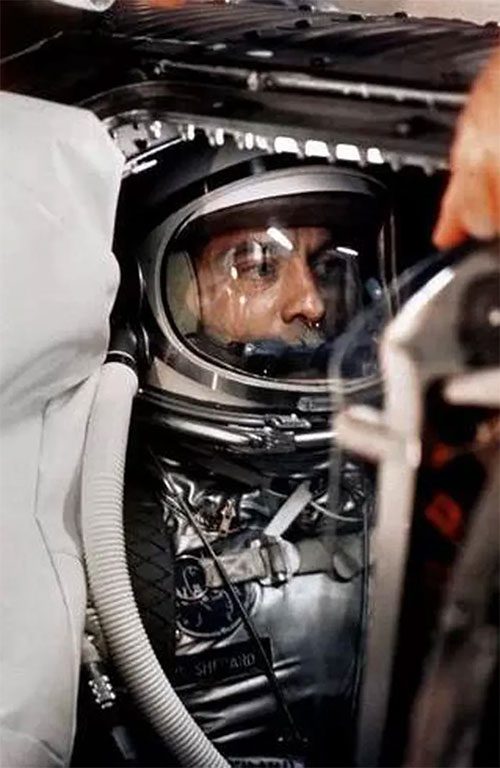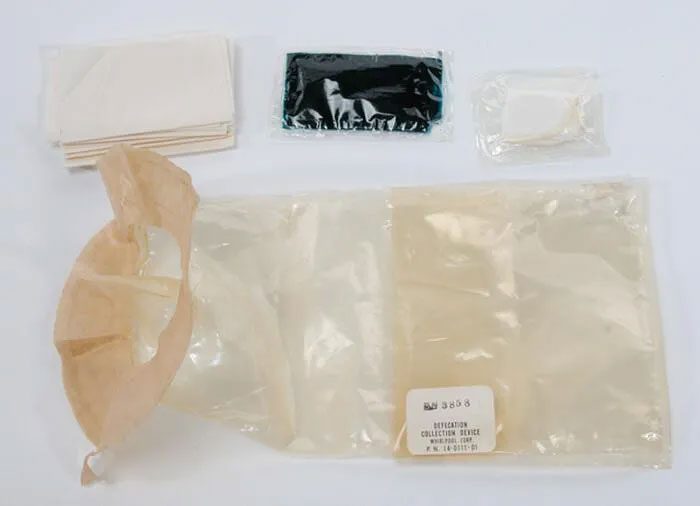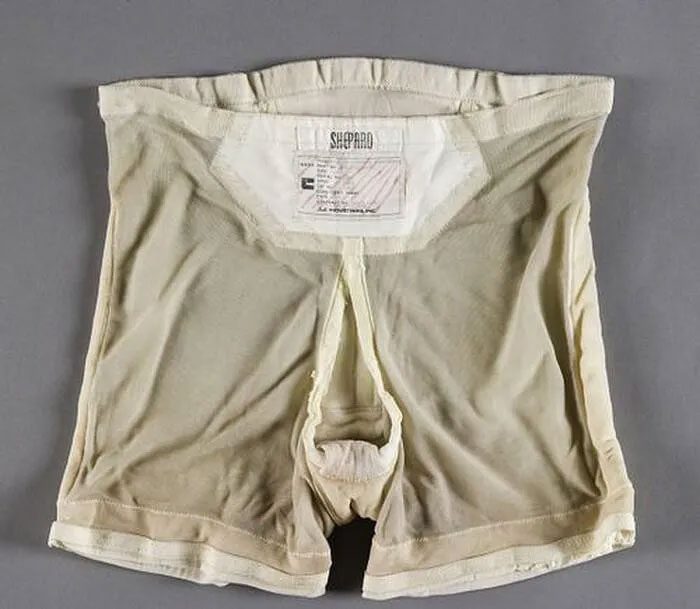Using the restroom in space turns out to be a challenging issue for the space industry.
Gemini 5 was the first real long-duration spaceflight for the United States. In August 1965, Gordon Cooper and Pete Conrad spent 8 days in orbit testing the spacecraft’s fuel-related issues to ensure the technology could support a flight to the Moon. During this journey, the two astronauts had a total of 4 instances of needing to “go number two.” At that time, the experience of using the restroom in space was… not pleasant.
Waste management was not a major concern when the era of space exploration began. It wasn’t until the Redstone spacecraft flew into space that, on May 5, 1961, Astronaut Al Shepard had to urinate in his suit. This mission was only planned to last 15 minutes, so everyone assumed that hygiene issues wouldn’t be a concern.

Astronaut Al Shepard in the Freedom 7 suit. (Photo: Wired).
However, one thing that NASA seemed to overlook was that Al Shepard had been confined in his Freedom 7 spacesuit for several hours before the flight. There was no “sanitation system” inside the suit, and with no way to exit the spacesuit without wasting time, Shepard had no choice but to urinate in his suit. The waste remained until the cooling system evaporated it.
After Freedom 7, the “urine collection system” began to improve. Astronauts could use a simple bag to collect waste. Since it was liquid, it could be easily disposed of outside the spacecraft. However, solid waste presented a different challenge.
The Gemini missions were the first long-duration flights where astronauts could experience the need to “go number two”, even though their diet was designed to minimize the frequency of this need. A waste containment device was developed as a solution. It was a cylindrical bag about 20 cm long, open at one end with adhesive material. This bag included a wiping mechanism and contained antibacterial agents to neutralize odors. Unable to dispose of solid waste, astronauts had to keep this bag throughout the mission.

Solid waste support device on Apollo spacecraft. (Photo: WIRED).
Using the restroom in space is also complicated because gravity makes it difficult to separate waste from the body. In space, everything falls at the same rate. Therefore, unlike on Earth, waste cannot easily detach from the body in microgravity. Consequently, the waste bag mentioned earlier also had a device that allowed astronauts to manually separate waste from their bodies.
Moreover, in the cramped quarters of spacecraft, using the restroom also poses a significant problem since there is no privacy. On the Apollo spacecraft, astronauts needing to “go number two” would stand in a corner while the others moved as far away as possible. The process of “going number two” required complete nudity due to the scarcity of water, making it a major inconvenience to use adhesive materials for waste management. The entire process could take up to an hour.

Astronaut’s special diaper. (Photo: WIRED).
In many missions, removing the spacesuit was impossible, and astronauts would have a special “diaper” to address their needs. Nevertheless, astronauts are said to always prefer to limit these occurrences as much as possible.
Now you can see how challenging it is just to use the restroom in space, right?





















































